Name George Davison | Role Photographer | |
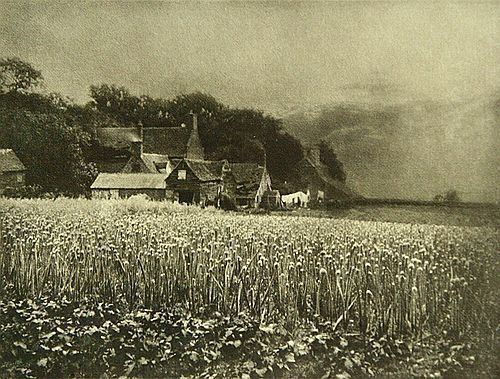 | ||
Similar People Inigo Jones, Max Penson, Samuel Courtauld, George Wallis, Charles Howard - 1st Earl of | ||
George Davison (19 September 1854 – 26 December 1930) was a noted English photographer, a proponent of impressionistic photography, a co-founder of the Linked Ring Brotherhood of British artists and a managing director of Kodak UK. He was also a millionaire, thanks to an early investment in Eastman Kodak.
Contents
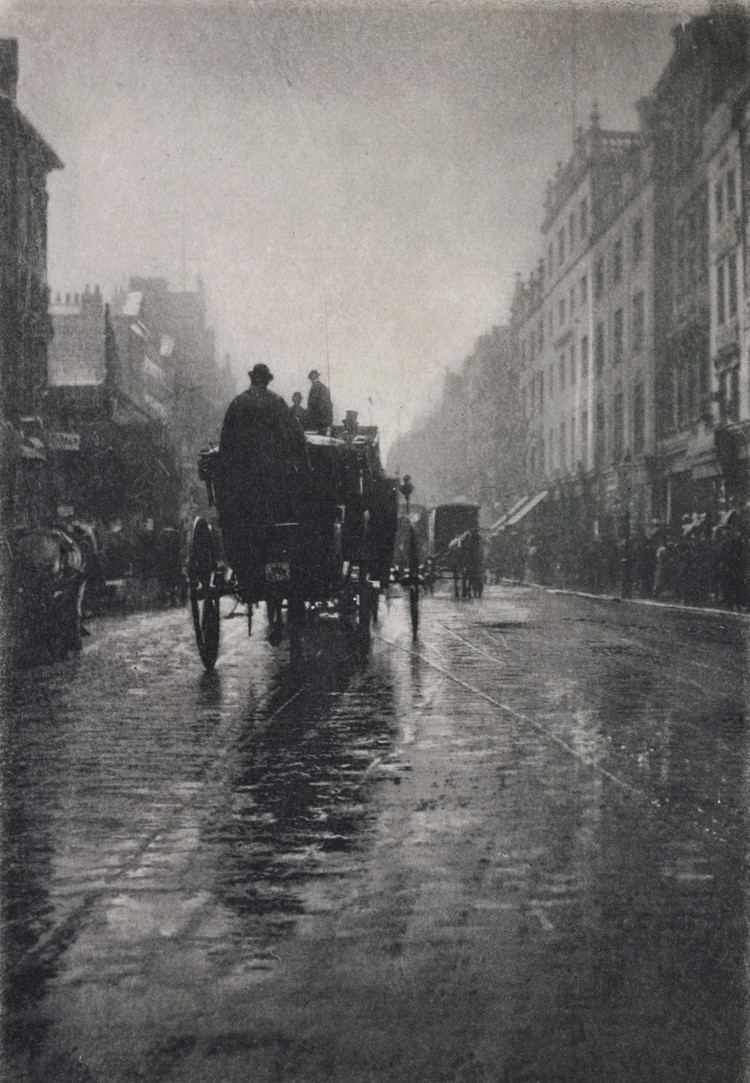
Biography
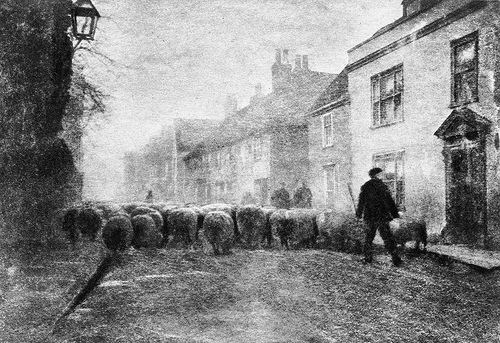
Even George Davison was born in Lowestoft, into the poor family of a shipyard carpenter. He received a good education, and became a civil servant in Somerset House in London in 1874.
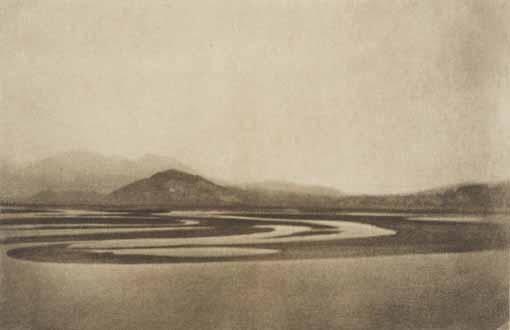
He began to make photographs in 1885, when he joined also in Camera Club photography society. He exhibited already his photographs on an exhibition of Royal Photographic Society next year, where he became a member. He was influenced by naturalistic photography in the early phase of his work, especially from Peter Henry Emerson.
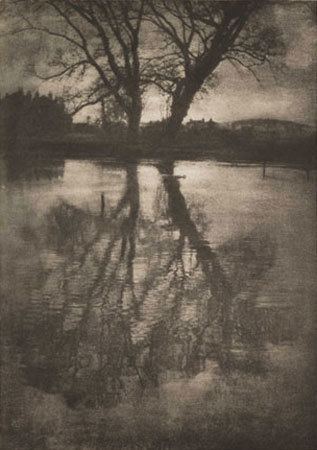
However, Davison made experiments with different techniques and processes, and turned away from the naturalistic photography soon. He started to use a pinhole camera for creation of pictorialistic photographs as one of the first photographers. He made a picture called The Onion Field (originally named An Old Farmstead) in 1890, without sharp outlines on a rough paper, having an effect of painting. It is considered as the first impressionistic photography. Nevertheless, Davisons' photographs became an object of polemics and controversy in the Royal Photographic Society. He decided to leave the society and to establish a new organisation, the Linked Ring Brotherhood, together with other followers in 1892.
George Eastman offered to Davison a position of Eastman Photographic Materials Company director in London in 1889. It was the start of a long-term connection between Davison and Eastman with Kodak. He left the place of civil servant in 1897, and became an assistant manager in Eastman Photographic Materials Company. His first task was to organize a big competition and exhibition of amateur photography in London. The exhibition was successful – it was visited by more than 25,000 visitors during 3 weeks.
Davidson became a deputy director of Kodak in 1898, and the director two years later. He took photographs and held exhibitions till 1911, even though he was busy working for the company.
George Davison was interested in social reforms which linked him in contacts with anarchists. Therefore, Eastman called him to resign on the director position in 1908. Davison continued to be member of board till 1912, when he left the Kodak company. He moved to Harlech, north Wales, and later, for health reasons, to Antibes, southern France, where he died in 1930.
He married twice, his second wife being Florence ("Joan") Anne Austin-Jones (c.1897-1955). Following his death, she married Malcolm Arbuthnot.
